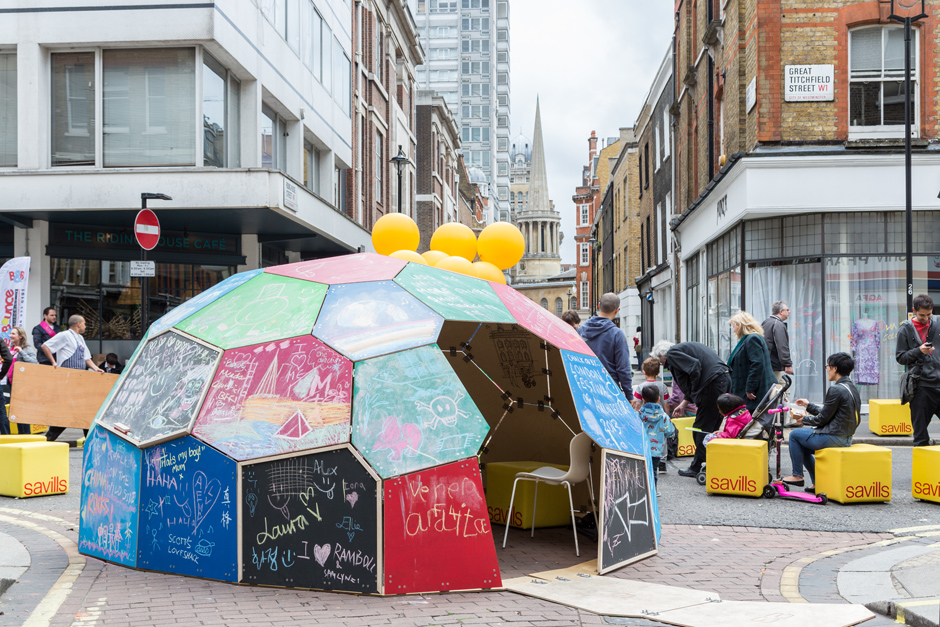Vicky Richardson — about Venice Biennale and the promotion of architects
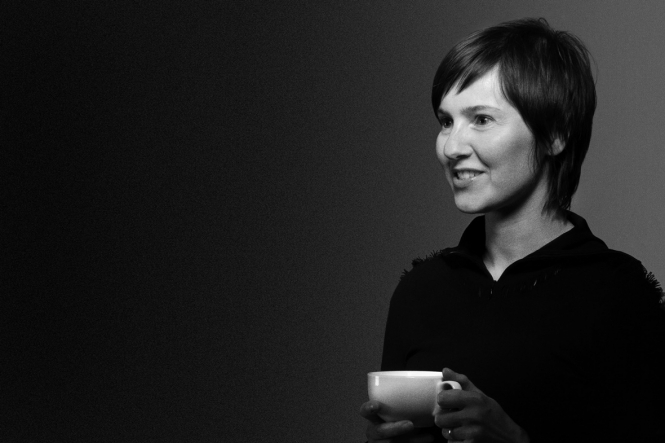
Vicky Richardson is Co-Director of the London Festival of Architecture and a member of the London Mayor’s Cultural Strategy Group, which advises on the British capital’s culture policy. She is a member design juries including the RIBA Architecture Awards and the D&AD Awards. We talk about the Russian pavilion and collaborations between different schools of architecture. The interview took place at the Moscow urban forum.
— What do you think is the main challenge of Russian pavilion at the Biennale? What should be done with the heritage when the ideology is gone and became hostile?
— When we look at old buildings, heritage of the city, we have to try to separate out our political ideas, ideological or philosophical ideas from the idea of the building or the place or, you know, this city... and we have to try to look at it in the context of human development, architectural development, so we have to consider is it a good piece of architecture, is it well-built, is it a good example of its time, compare to other buildings, so we have to ask questions of it that are not to do with its political ideals, because there are so many examples of great pieces of architecture, which were built by repressive regimes or by, you know, governments that represent a particular ideological position, and the building stays longer than those ideas.
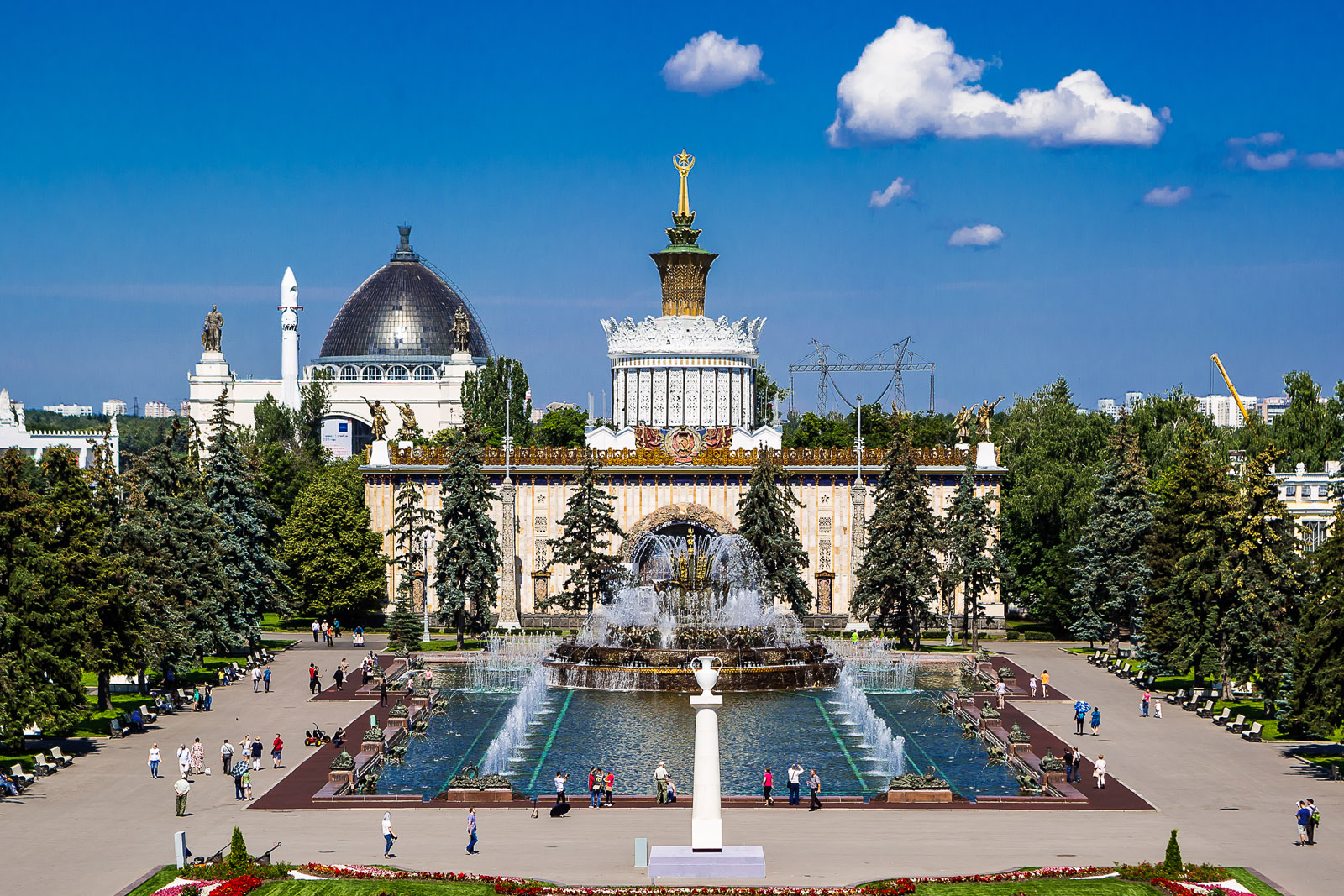

I think of one example that is always preferred to use — the Casa del Fascio in Como in Italy by Giuseppe Terragni. Of course when you are student you always discuss this building because it’s a very beautiful building, it’s a wonderful example of architecture of its time, it’s very progressive in architectural terms, yet it was built to be the representation and the house of Fascist Party in Italy. So if you consider it, from an ideological point of view, you would’ve torn it down a long time ago, which would be a great loss, I think, to humanity. So I think that’s what we need to do: we need to consider the qualities of buildings separate from the ideology that it represents.
— And speaking about the theme by Alejandro Aravena. One say that Russian pavilion doesn’t answer to this theme Reporting from the Front, so, we speak about other things, but not social questions.
— Then you’re saying that “the Front” is about social questions, but it is a very general theme. Reporting from the Front didn’t have to mean social questions. I interpret “the Front” to mean “where is the debate, where is change, where are the issues”. So I thought that was very interesting...I mean the British Pavilion as well didn’t talk about poverty or the developing world... it talked about some different models of housing for everybody. So I think it depends on how you interpret the idea of what the front is.
— Do you like the exposition?
— I thought it was very varied. Have you seen it?
— Yes.
— So it wasn’t like one continuous exhibition, was it? It was some people doing one thing, other people doing something else. So, there is actually a lot of debate within the exhibition, with lots of contradictions. I found that really exciting, because as you went there you were constantly against a challenge and it meant that there is a lot of debate in press and by the visitors. Everybody was talking about it, some people disagreeing, some people said that ‘okay, these architects try to be like social workers, trying to be like aid workers, and not doing any architecture’, you know, ‘where is the architecture?’. And then other people felt that well this is finally architecture doing what it should do, which is being very relevant, involved.
The British Pavilion at the Venice Architecture Biennale 2016
Personally, I felt that some of the exhibits were a little bit like a geography class at school, you know, like ‘we’re going to tell you about something in India, the city that comes up on the banks of the Ganges’. it was very didactic. Do you know what I mean by ‘didactic’? A kind of teaching, educational, but not leaving much room for the architectural imagination and ambitious kind of ideas.
— What qualities should possess the project and architect to obtain this recognition? The Russian architects very rarely get any major international awards...
— Well, I think it would be fantastic to have an exhibition about young Russian architects, like we see now, and to turn it internationally and bring it to the UK, do a program of exchange with British architects, bring young Russian architects to the UK for talks and workshops. It would be fantastic!
— Yes, but don’t you think that between the Russian architectural school and modern European there is a big cultural gap, perhaps, the legacy of the “iron curtain”...
— Maybe, but I just know some links and connections. I mean Moscow perform because an architect I know in London is teaching at one of his schools of Architecture in Moscow and I know there are partnerships between, for example, the London Metropolitan University and, I think, it’s the Higher School of Architecture in Moscow. So, education is becoming more and more international, people are moving around, they might spend a few weeks or months at different schools as part of their program study. But I agree, we don’t know very much about the contemporary Russian architecture in the UK. And I think we should learn more. I think it would be fantastic if we could form more collaborations.


The Russian Pavilion at the Venice Architecture Biennale 2016
— What the most effective instruments of architectural activity control do you know from the international practice?
— I think, the leadership is really important. There have been some experiments in the UK, where they’ve tried to improve quality by having an old-school design review, where you have a committee of experts, architects and sort, and they check the plans of major projects and they comment on them. But in my view this is limited success, because the danger is that it produces a sort of style, a kind of acceptable style, official style. I also think that it’s better to try to educate and to allow freedom for people to build and develop. But the thing that would really make difference is leadership. So, if the government or if the major developers, the people who commission architecture at a big scale, whether these are universities or schools, housing, government buildings; those people need to set a high level.
The leadership in terms of procurement of architecture — if that’s done really well, if there’s a real commitment to doing well, that raises the level of everybody else, because it introduces a higher level of culture of architecture, a culture of expecting good quality buildings, expecting architects to be playing a leading role, showing how architecture can improve people’s lives. We should use this kind of examples, case studies.
London Festival of Architecture
— Architecture is a very self-contained and close profession, I suppose. Architects see themselves as bearers an exclusive knowledge. So how can we revive the extensive cultural discussion of the architecture?
— Architecture should be the most open kind of art form, because architects cannot develop their work in isolation. Architects have to respond to the needs of society. I believe it’s an art form, architecture, but it’s very different one from the art form of painting, even music or literature, because an architect can’t work alone, they always work as part of a team. They are much more like the conductor of an orchestra where you rely on collaboration of different experts and specialists. And, of course you must always have an audience, I mean, an architect without an audience or a user... there’s no point to architecture like this. So, architects have to be open-minded and connect with society. I think, if they’re not doing that, then it’s impossible to build a really strong architectural culture. Architects have responsibility to be open.
— How much in your country are active communities involved with the matters of architecture? I mean public figures, activists. Do they discuss it?
— Sometimes but not enough. They are very focused on values and money and saving money, and cutting costs. Unfortunately, I think, they believe that you need a lot of money to do good architecture, but I would say you don’t need a lot of money to do good architecture. You need to be open-minded and take risks. The problem is that there is a perception that good quality architecture is very expensive, I don’t think that’s true. There should be much more public architecture competitions. We hardly have any competitions in the UK. It’s very conservative, risky, everybody is worrying about the risks of good architecture, experimental architecture, because they think it will go out of the budget, be late... So they are very conservative, cautious. It is the real problem, this kind of caution goes right through society, it’s not just architecture, many areas of life have this.
— What do you think about the fact that most of the buildings on our planet are constructed not by the architects as well?
— But architects haven’t actually built their own buildings for long time. That change came maybe in the 15th century or even before. The idea is that the architect stands back from construction, the architect isn’t actually building. The architect has the big picture, the vision, and there are others to bring it together: the builder, the engineer and so on. Like I said, it is a kind of the conductor of an orchestra. Today I see that techniques have changed and it’s a more complex process, but on the other hand, computer programs are making it much easier to build complex structures and in some ways it is easier for all the different specialists to be linked up. Do you have this expression “BIM”? So, you know, this has the possibility for everybody to be working on the same drawings, to be contributing. In some ways, it should be possible for the architect to be even more concerned with a big idea and being an intellectual with a vision, leading the process rather than being very involved in the technical side of it, which I don’t think is the architect’s role.
- Tags:
- Biennale


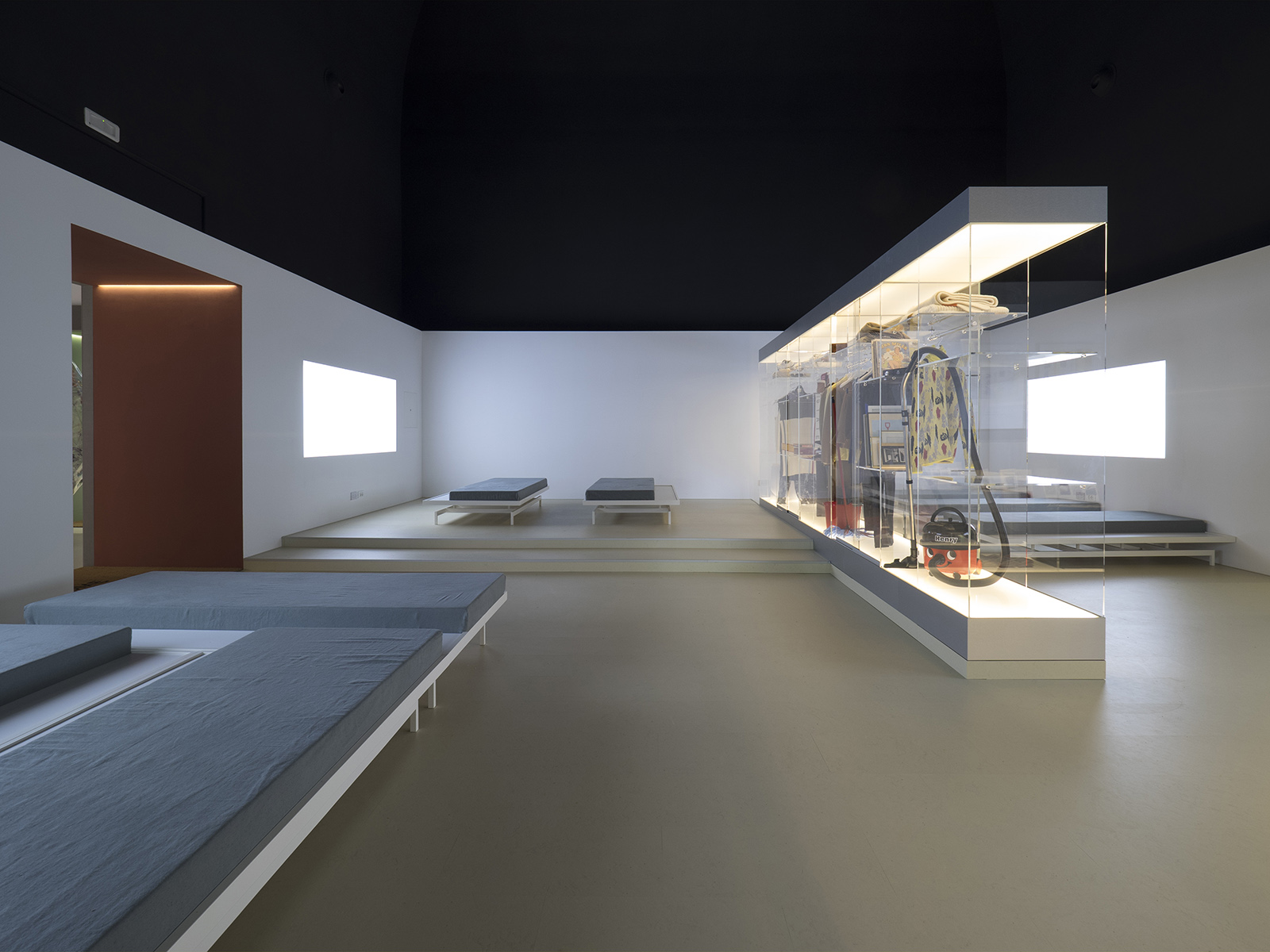
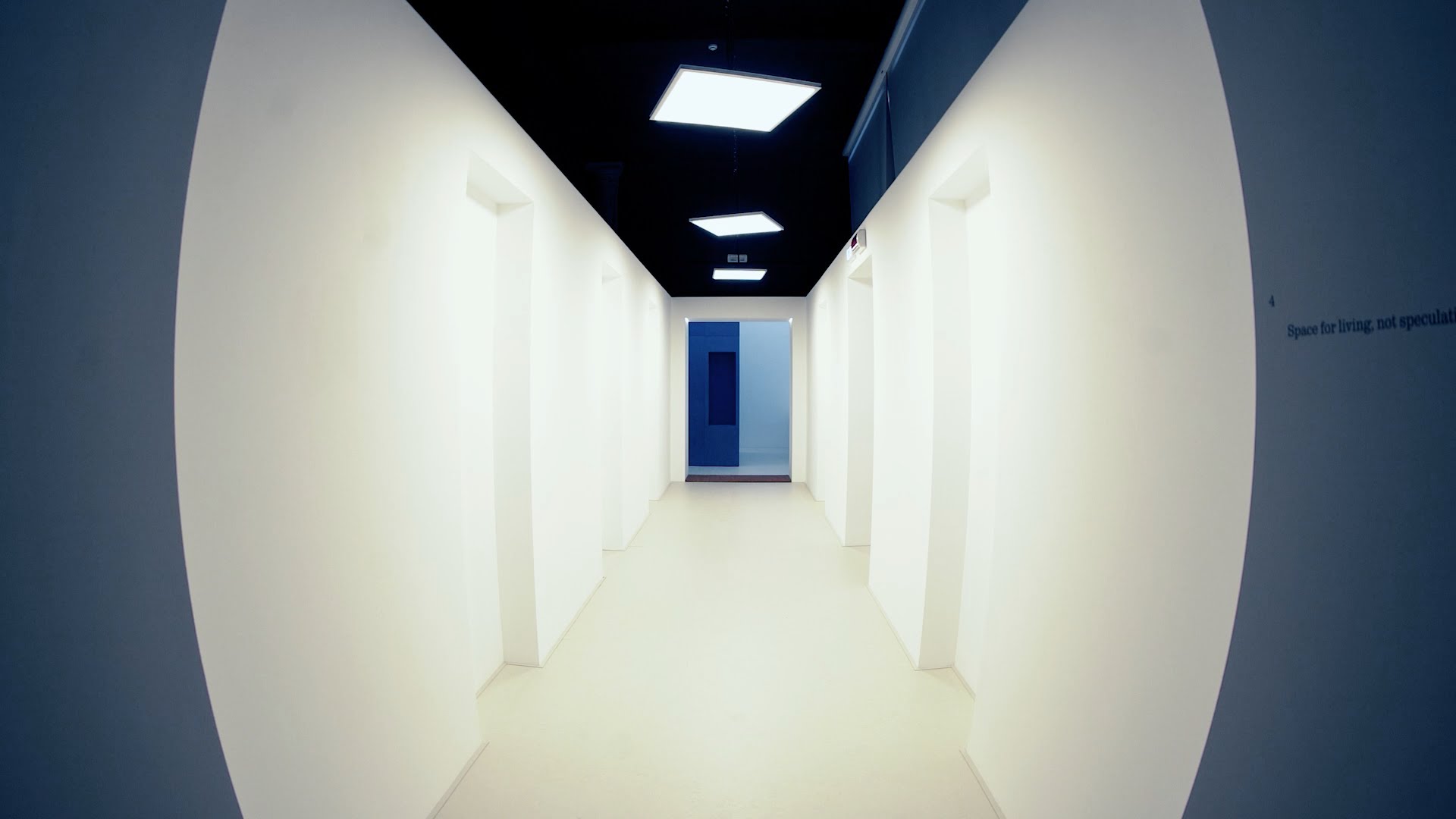

.JPG)

